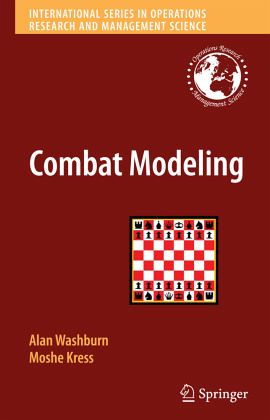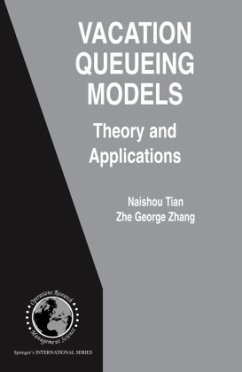
Combat Modeling
Versandkostenfrei!
Versandfertig in 1-2 Wochen
149,99 €
inkl. MwSt.
Weitere Ausgaben:

PAYBACK Punkte
75 °P sammeln!
"Combat Modeling" is a systematic learning resource and reference text for the quantitative analysis of combat. After a brief overview, authors Washburn and Kress present individual chapters on shooting without feedback; shooting with feedback; target defense; attrition models; game theory and wargames; search; unmanned aerial vehicles; and terror and insurgency. Three appendices provide a review of basic probability concepts, probability distributions, and Markov models; an introduction to optimization models; and a discussion of Monte-Carlo simulations. Drawing on their many years of experie...
"Combat Modeling" is a systematic learning resource and reference text for the quantitative analysis of combat. After a brief overview, authors Washburn and Kress present individual chapters on shooting without feedback; shooting with feedback; target defense; attrition models; game theory and wargames; search; unmanned aerial vehicles; and terror and insurgency. Three appendices provide a review of basic probability concepts, probability distributions, and Markov models; an introduction to optimization models; and a discussion of Monte-Carlo simulations. Drawing on their many years of experience at the Naval Postgraduate School in Monterey, California, Washburn and Kress have created a reference that will provide the tools and techniques for analysts involved in the underpinnings of combat decisions. This is a book that can be used as a military manual, reference book, and textbook for military courses on this vital subject.














